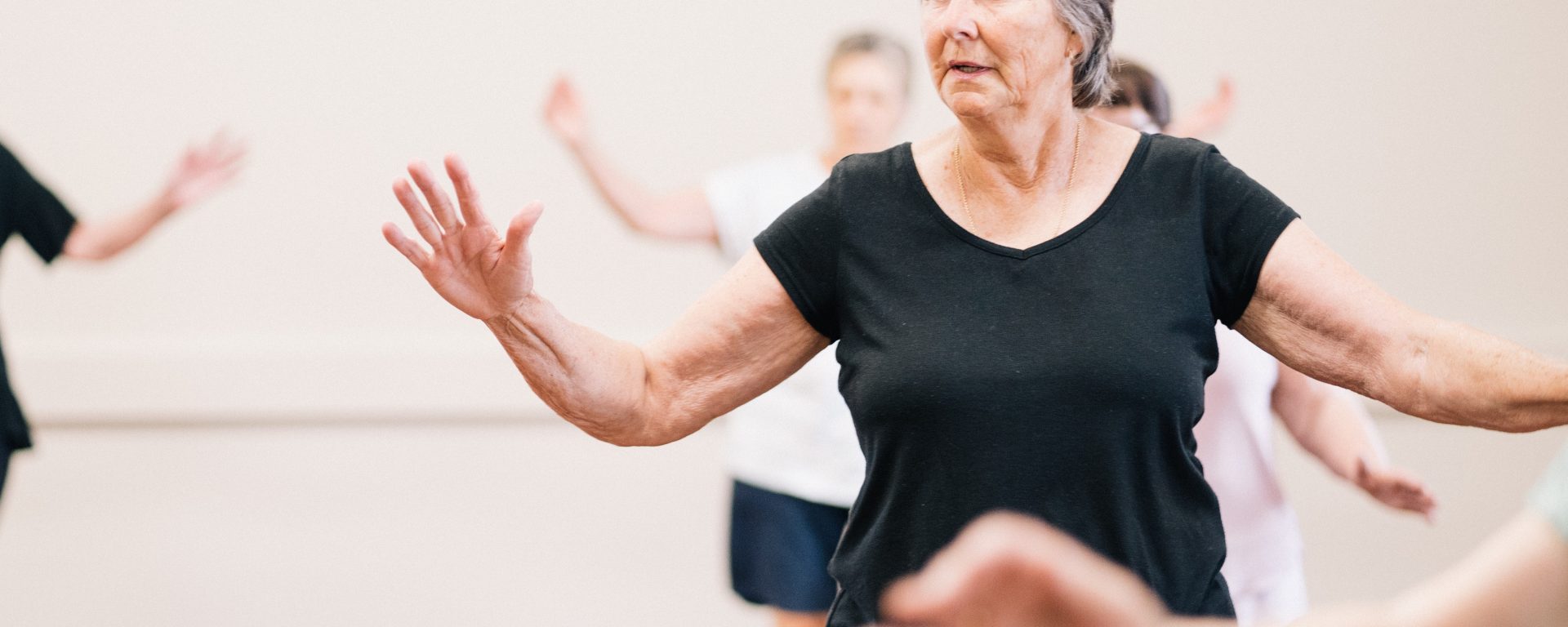In a groundbreaking study conducted by Edward McAuley, et. al., (2007) the long-term physical activity behavior of older adults was investigated. This study, which spanned over several years, aimed to understand the role of social-cognitive factors such as self-efficacy and affect in predicting sustained physical activity levels among older individuals.
The research employed a prospective design, tracking physical activity and psychosocial variables in a sample of 174 older adults over a period of 2 and 5 years. The participants were initially involved in a 6-month randomized, controlled exercise trial. Data on self-reported physical activity, previous behavior, self-efficacy, and affect were collected at both time points to assess their influence on long-term physical activity.
The findings of the study revealed that physical activity levels reported at the 2-year mark were the strongest predictors of physical activity at the 5-year follow-up. Moreover, both self-efficacy and affect reported at the 2-year mark were significantly associated with physical activity levels at the 5-year mark. The original treatment condition, indicating whether participants were part of the exercise trial, also had an impact on physical activity at Year 5. Combined, these variables accounted for an impressive 35% of the variance in physical activity at the 5-year follow-up.
This study, one of the longest follow-ups of exercise behavior in older adults to date, provides valuable insights into the factors influencing long-term physical activity maintenance in this population. The results demonstrate that older adults who engaged in higher levels of physical activity, reported more positive affect, and had higher self-efficacy at the 2-year mark were more likely to sustain their physical activity levels over the course of 5 years.
The findings of this study have important implications for designing environments that facilitate and promote the maintenance of physical activity in older adults. Interventions aimed at improving self-efficacy, fostering positive affect, and encouraging regular physical activity early on could enhance the likelihood of sustained engagement in physical activity in the long term. Such efforts are crucial for promoting the overall health and well-being of older individuals and can contribute to the development of effective strategies for combating sedentary behavior and its associated health risks in this population.
In summary, this comprehensive study sheds light on the key factors that influence long-term physical activity behavior in older adults. By identifying the importance of self-efficacy, affect, and previous physical activity levels, it underscores the significance of implementing targeted interventions and environmental modifications to promote sustained physical activity in this growing demographic.
Reference: McAuley, E., Morris, K. S., Motl, R. W., Hu, L., Konopack, J. F., & Elavsky, S. (2007). Long-term follow-up of physical activity behavior in older adults. Health psychology, 26(3), 375.
